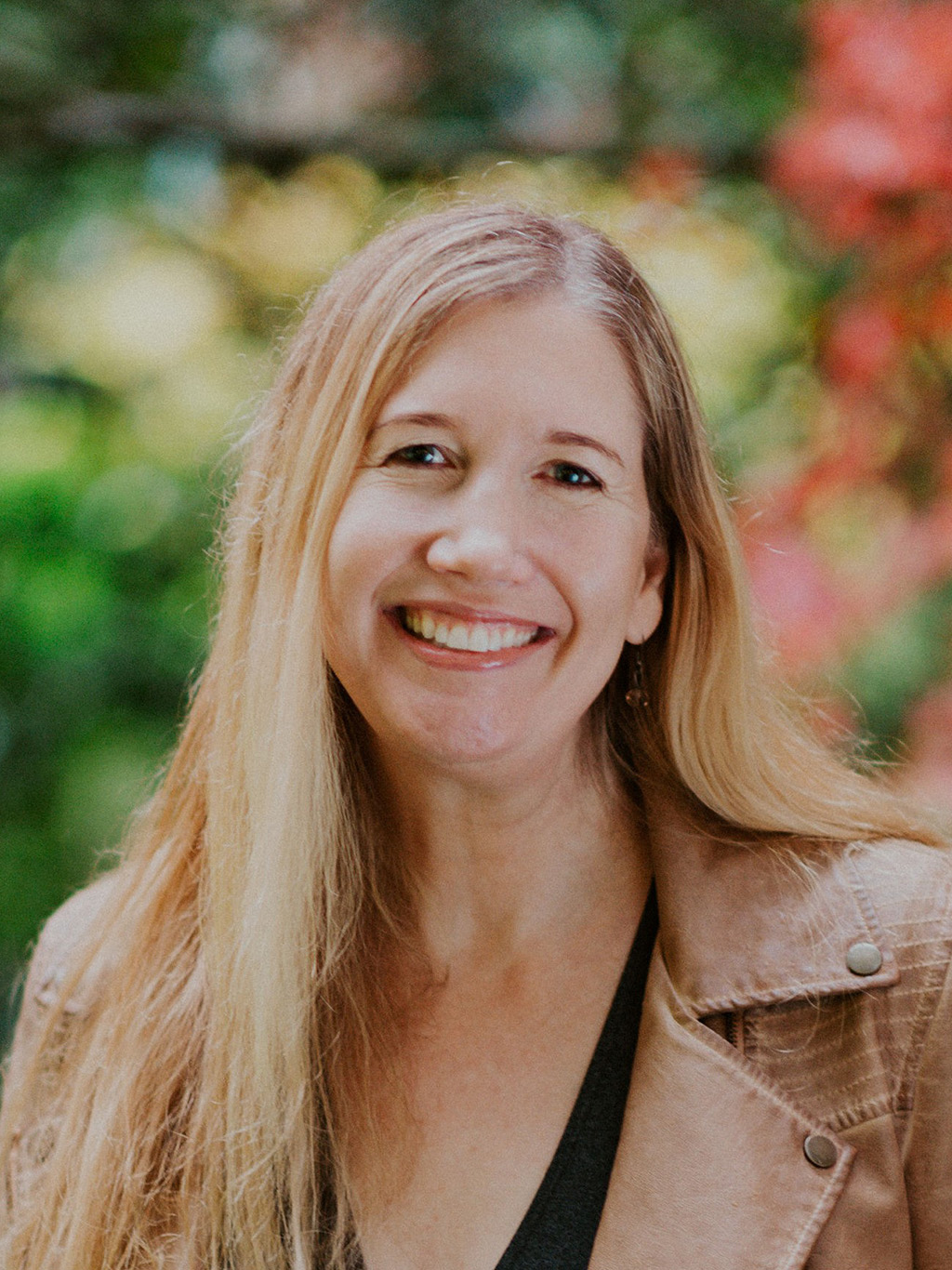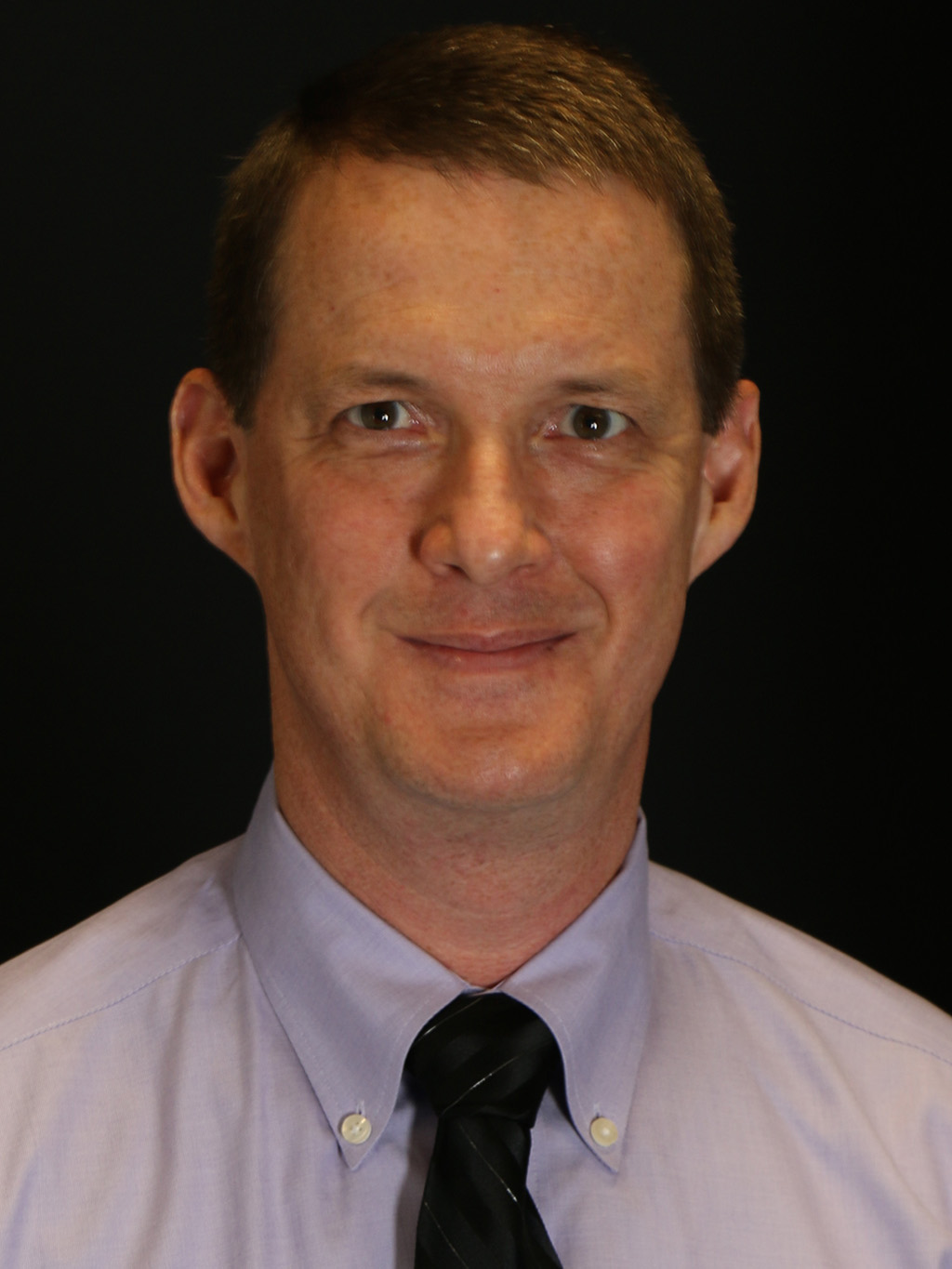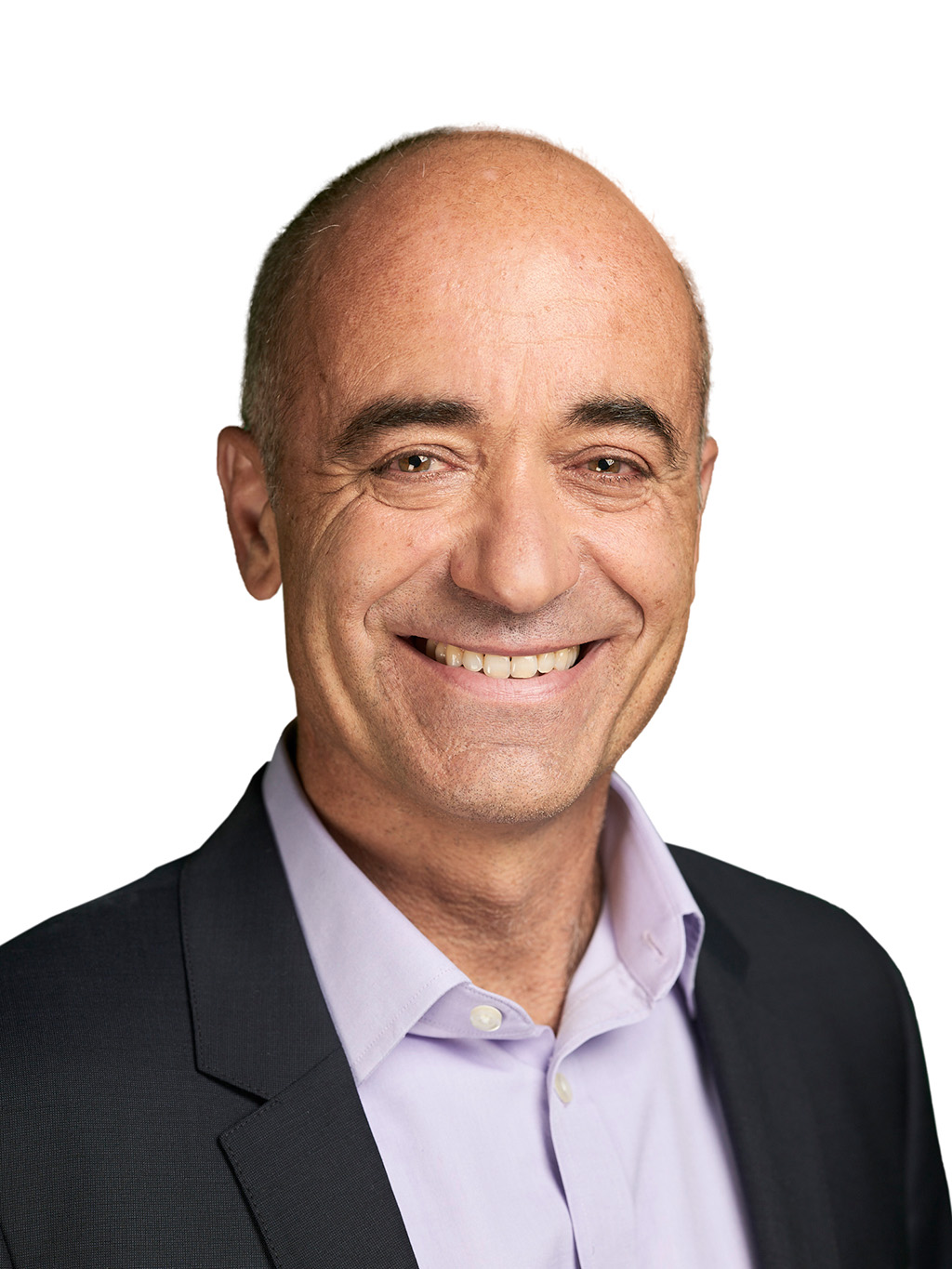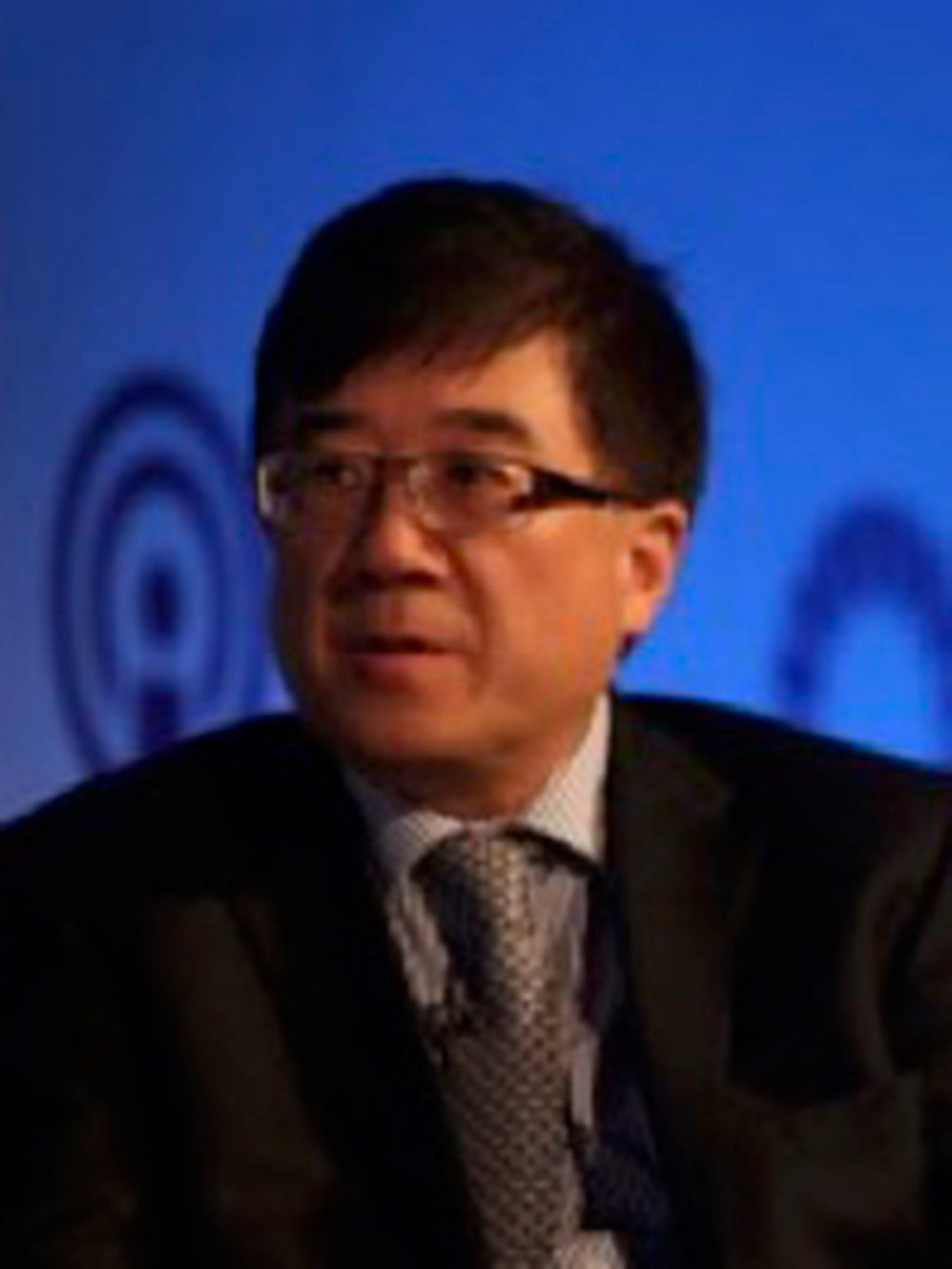Industry Keynotes
Tue, 24 May, 03:00 - 04:00 UTC
Dr. Jaime Teevan: Chief Scientist & Technical Fellow, Microsoft Corporation
Chair: Haizhou Li, The Chinese University of Hong Kong, Shenzhen, China

Abstract
We’re in the middle of the most significant change to work practices that we’re likely to see in our lifetimes. For the past several millennia, space has been the primary technology people have used to get things done. The coming Hybrid Work Era, however, will be shaped by digital technology, and our ability to successfully bridge between physical and digital contexts will require a human-centric approach to signal processing. In this talk I will give an overview of what research tells us about emerging work practices following the rapid move to remote and hybrid in March 2020, and discuss the opportunity for signal processing to create a new – and better – future of work (http://aka.ms/nfw).
Biography
Dr. Jaime Teevan is Chief Scientist and Technical Fellow at Microsoft, where she is responsible for driving research-backed innovation in the company's core products. Jaime is an advocate for finding smarter ways for people to make the most of their time, and believes in the positive impact that breaks and recovery have on productivity. She leads Microsoft's future of work initiative, which brings researchers from Microsoft, LinkedIn, and GitHub together to study how the pandemic has changed the way people work. Previously she was Technical Advisor to CEO Satya Nadella and led the Productivity team at Microsoft Research. Jaime has received numerous awards for her research, including the Technology Review TR35, Borg Early Career, Karen Sparck Jones, and SIGIR Test of Time awards. She holds a Ph.D. in AI from MIT and a B.S. from Yale, and is affiliate faculty at the University of Washington.
Wed, 25 May, 03:00 - 04:00 UTC
Dr. Mike Polley: Senior Vice President, Samsung Electronics
Chair: Woon-Seng Gan, Nanyang Technological University, Singapore

Abstract
Demand for improved customer experience drives the need for increasing levels of human-centric signal processing in consumer electronics. Humans care deeply about the quality of images, audio, and video – high quality capture and rendering are immensely important for addressing this care-about. Although our profession has pursued better quality images, audio, and video for a long time, there continues to be opportunity for improvement. New sensor, speaker, and display technologies give new capabilities, but simultaneously require more advanced algorithms and system solutions. Typically, this means the computational requirements also increase substantially. In this talk, we consider the current state of the art for capture and rendering. Specifically, we consider examples of current smartphone cameras, speakers, and displays. We look at the embedded signal processing currently applied including new AI-based solutions in the signal chain. Then, considering the challenges still remaining in these devices, we discuss what is needed for the next generation. The processing requirements in these devices must be balanced with cost, power, and other practical concerns. To design successful future products, we must carefully predict the computations required and create a next-generation design with precisely the amount of computations needed, without excessive performance and cost. To do this, we consider industry trends and the range of available processors that can be leveraged in consumer devices. By taking advantage of increasing computational performances of traditional processor cores, and additionally tapping into the exponentially increasing capabilities of the new compute engines such as neural processing units, we plan to continue the mission to further improve customer experience.
Biography
Dr. Mike Polley is Senior Vice President and Head of the Mobile Processor Innovation Lab at Samsung where he leads a team of world-class algorithm and system designers focused on creating advanced technologies for Samsung’s Galaxy smartphones as well as next-generation mobile devices.
Prior to Samsung, Mike worked at Texas Instruments for 18 years defining chipset architectures and leading embedded signal processing R&D. He was recognized for his technical accomplishments by election to TI Fellow in 2008.
Mike received his B.S., M.S., and Ph.D. degrees in electrical engineering from MIT. He holds 41 U.S. patents on a broad range of products across communications and multimedia systems.
Thu, 26 May, 03:00 - 04:00 UTC
Dr. Volker Ziegler: Chief Architect and Senior Advisor, Nokia Corporation
Chair: Yong Liang Guan, Nanyang Technological University, Singapore

Abstract
Nokia’s strategic focus areas for sustainable leadership in wireless include high performing radio solutions, leadership in 5G Standalone and 5G Advanced, common software delivery and leadership in cloud technology. 5G Advanced will provide new usage areas and services with boosted resilience and operability. 5G is at the beginning of a long evolutionary journey and, at the same time, 6G is on the horizon to open up opportunities with novel services. While 6G research activities are in full swing, 6G commercial product availability is not expected earlier than 2029/30 time frame. 6G will be the essential infrastructure and platform for communications in the 2030s. Use cases of the 6G era will include immersive telepresence, twinning, collaborating robots and mixed reality co-design, creating a 6th sense and specialized trusted networks. These use case families will help the world act together, liberate human potential and drive economic, societal and environmental sustainability. Key 6G technologies will include AI-native air interface, new spectrum technologies and extreme connectivity, network-as-a-sensor, security, privacy and trust as well as elements of architectural transformation. These key technologies will be needed to comply with the requirements for the use cases of the 6G era. Significant capacity increases will be a prerequisite for many of these use cases and can be achieved from mid-band spectrum combined with extreme MIMO antenna arrays at base stations. This can potentially provide around 20x more capacity compared to basic 5G in the 3.5 GHz band when using four times more spectrum per cell and achieving five times higher spectral efficiency. Such a major boost in site capacity will meet annual mobile traffic growth of 35% for 10 years without substantial site densification. Also, extreme communications requirements in terms of throughput, latency and reliability will be needed. In this talk, our vision for short-range, low power 6G ‘in-X’ subnetworks will be shared, with the ‘X’ standing for the entity in which the cell is deployed such as a production module, a robot, a vehicle, a house or even a human body. Such cells can support services that can be lifecritical and that with previous Gs relied on wired systems. With sub-THz bands in 6G, small cell deployments will begin to dominate. Large bandwidth systems deployed in small cell configurations provide the opportunity to employ the mobile network for sensing purposes. In this talk, we describe selected design aspects of such a cellular joint communication and sensing (JCAS) system. Clearly, advances in signal processing and signaling messages at all layers of the protocol stack will be critical enablers with AI/ML technologies showing great transformational enabling potential. Pre-competitive joint 6G research and collaboration will help drive the joint global agenda of research and dissemination; an update on the EU 6G flagship project Hexa-X will be included in this talk.
Biography
Dr. Volker Ziegler is an energetic leader with 30- years of broad and international experience in the telecommunications industry. He currently serves as Senior Technology Advisor and Chief Architect in Nokia Strategy and Technology unit. Previously, Volker has exercised a leadership role with Nokia Bell Labs in 6G research and ecosystem and has served as Head of 5G Leadership and Chief Architect of Nokia Mobile Networks. Prior to this, Volker has been active in the Head of Strategy role of Nokia Siemens Networks where he had also served as the Head of the North East Region. In his 10+ year career with Siemens, Volker has held business unit leadership, finance, sales and marketing, services and R&D global roles and senior positions. He has worked as Information Technology Specialist with the World Bank / IFC in the mid-90s. Volker has started his career as a research scientist with German Aerospace Research / DLR. Volker holds a Dr.-Ing. (PhD) degree in Electrical Engineering from Technische Hochschule (TH) Karlsruhe in Germany and is a graduate of the Executive Development Program at Harvard Business School.
Fri, 27 May, 03:00 - 04:00 UTC
Dr. Wen Tong: Chief Technology Officer and Fellow, Huawei Technologies Co.
Chair: Sumei Sun, Institute for Infocomm Research, A*STAR, Singapore

Abstract
The wireless research community has launched the 6G research effort and many large scale research programs have been established globally, with an unprecedented investment into early stage of 6G technologies research. Several progress in the 6G have been made in identify the use-cases research, the technology trends and developing the enabling wireless technologies. The research community in both academia and industries have shared common views in the key areas such as (1) the native AI, (2) integrated sensing and communication, (3) integrated terrestrial and non-terrestrial networks, (4) trustworthiness and (5) carbon-net-zero. However, from a vison concept to the technical practically, there are still gaps for the enabling technologies in the engineering feasibility aspects and how 6G technologies will enable the ICT markets in the time frame of 2030-2050. In this talk, we share our perspectives and the route to drive the 6G technologies into a reality.
Biography
Dr. Wen Tong is the CTO, Huawei Wireless. He is the head of Huawei wireless research. In 2011, Dr. Tong was appointed the Head of Communications Technologies Labs of Huawei, currently, he is the Huawei 5G chief scientist and led Huawei’s 10-year-long 5G wireless technologies research and development.
Prior to joining Huawei in 2009, Dr. Tong was the Nortel Fellow and head of the Network Technology Labs at Nortel. He joined the Wireless Technology Labs at Bell Northern Research in 1995 in Canada.
Dr. Tong is the industry recognized leader in invention of advanced wireless technologies, Dr. Tong was elected as a Huawei Fellow and an IEEE Fellow. He was the recipient of IEEE Communications Society Industry Innovation Award in 2014, and IEEE Communications Society Distinguished Industry Leader Award for “pioneering technical contributions and leadership in the mobile communications industry and innovation in 5G mobile communications technology” in 2018. He is also the recipient of R.A. Fessenden Medal. For the past three decades, he had pioneered fundamental technologies from 1G to 5G wireless with more than 510 awarded US patents.
Dr. Tong is a Fellow of Canadian Academy of Engineering, and he serves as Board of Director of Wi-Fi Alliance.
